
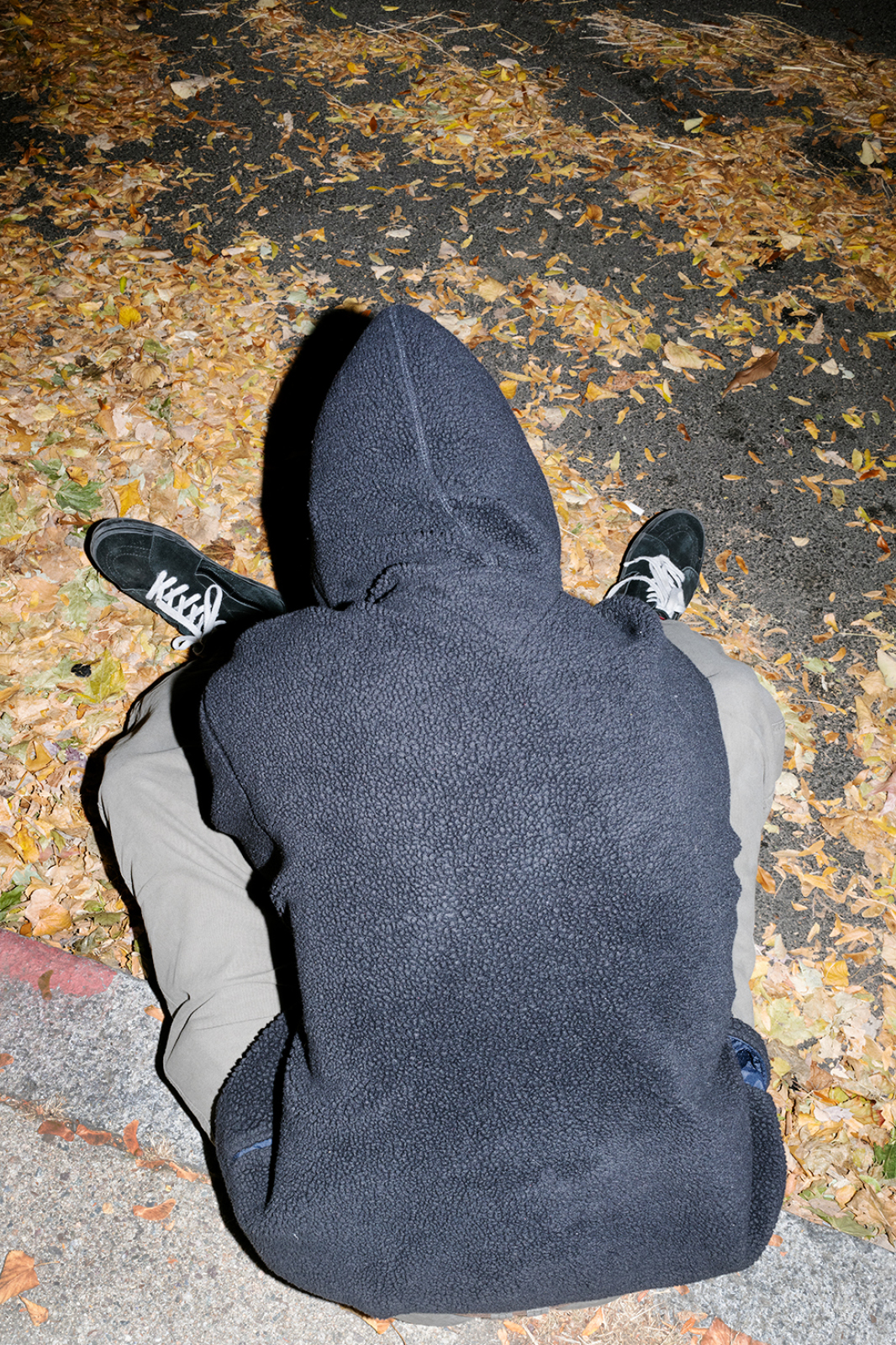
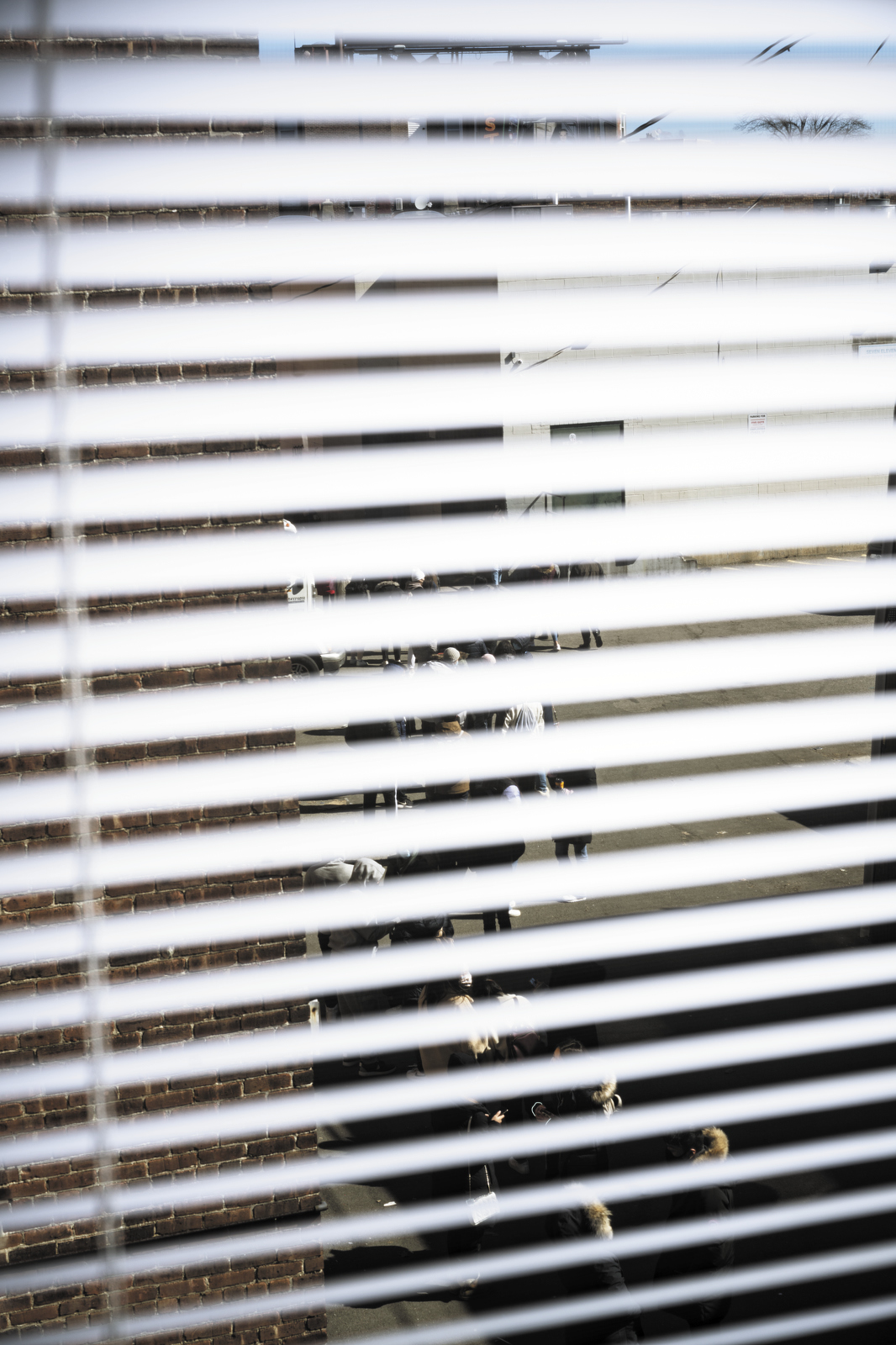
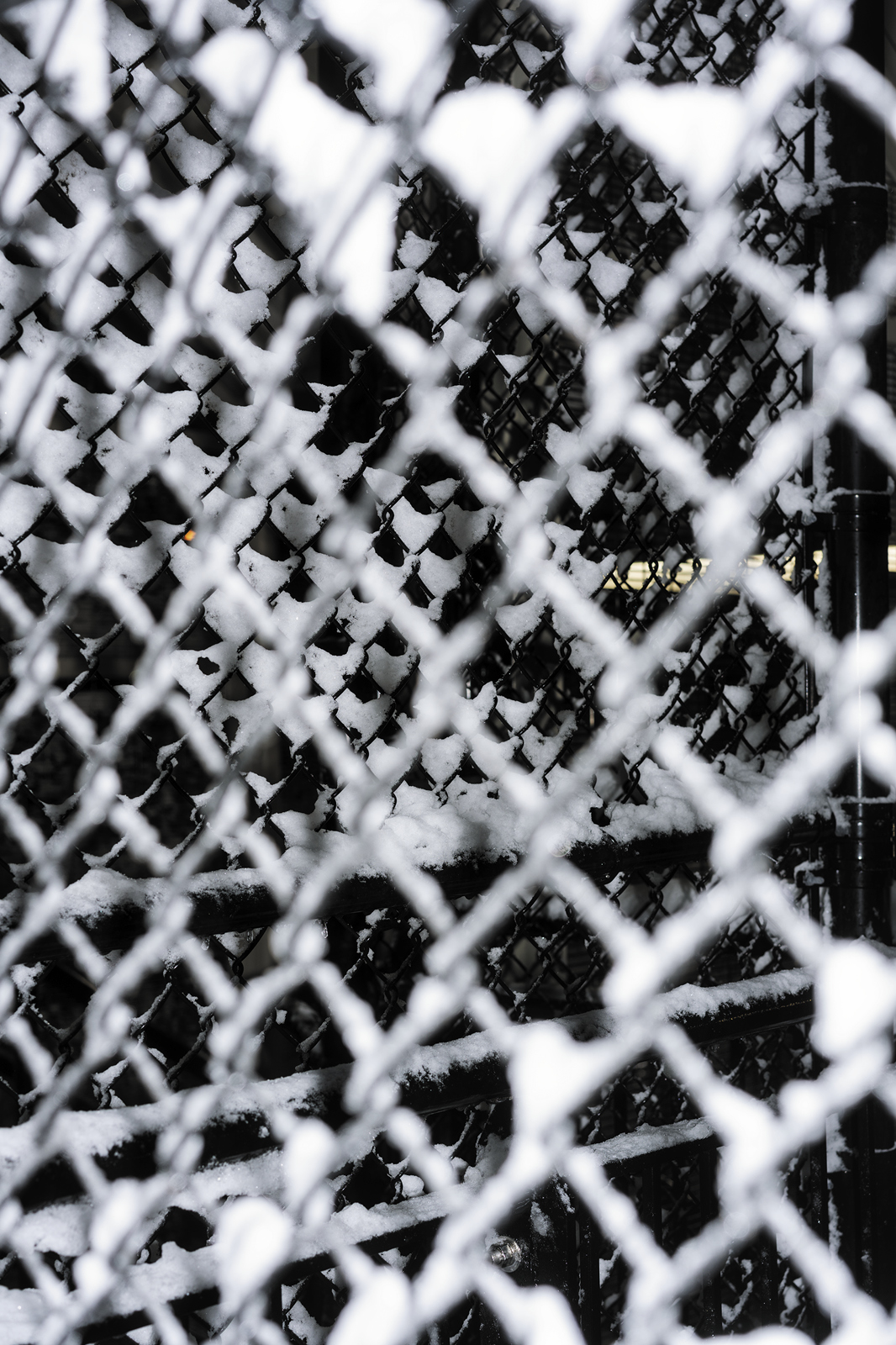
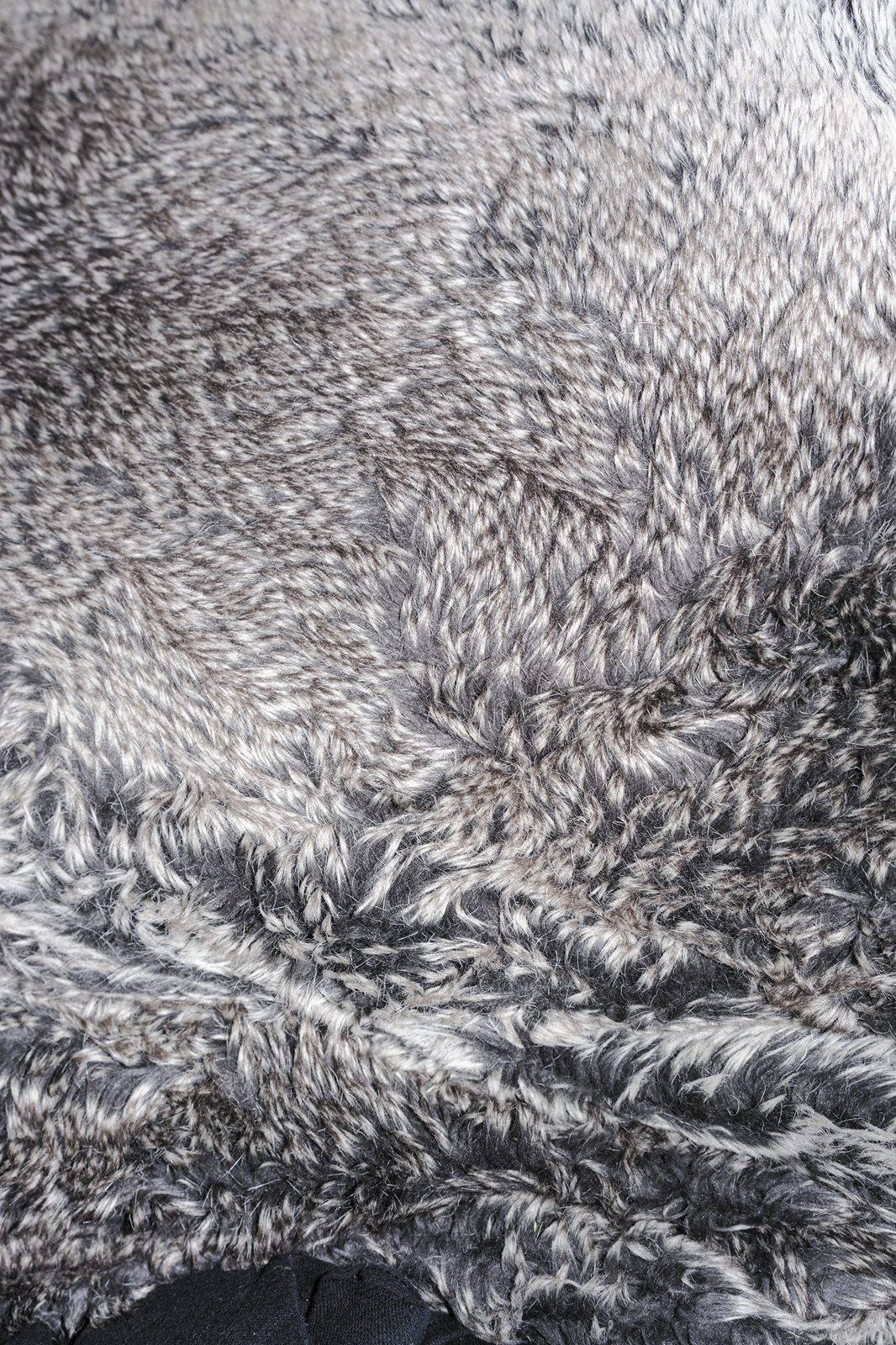
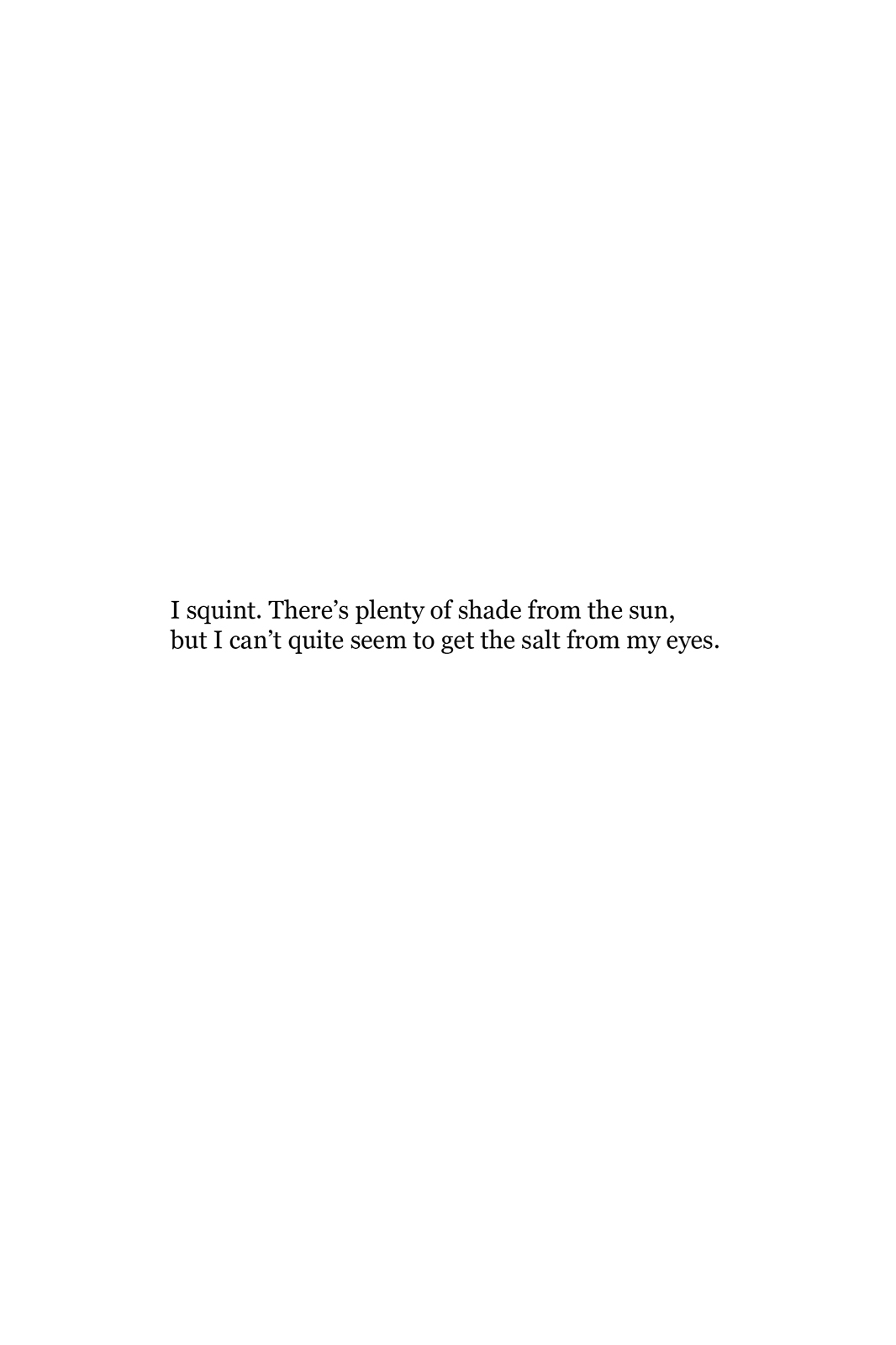
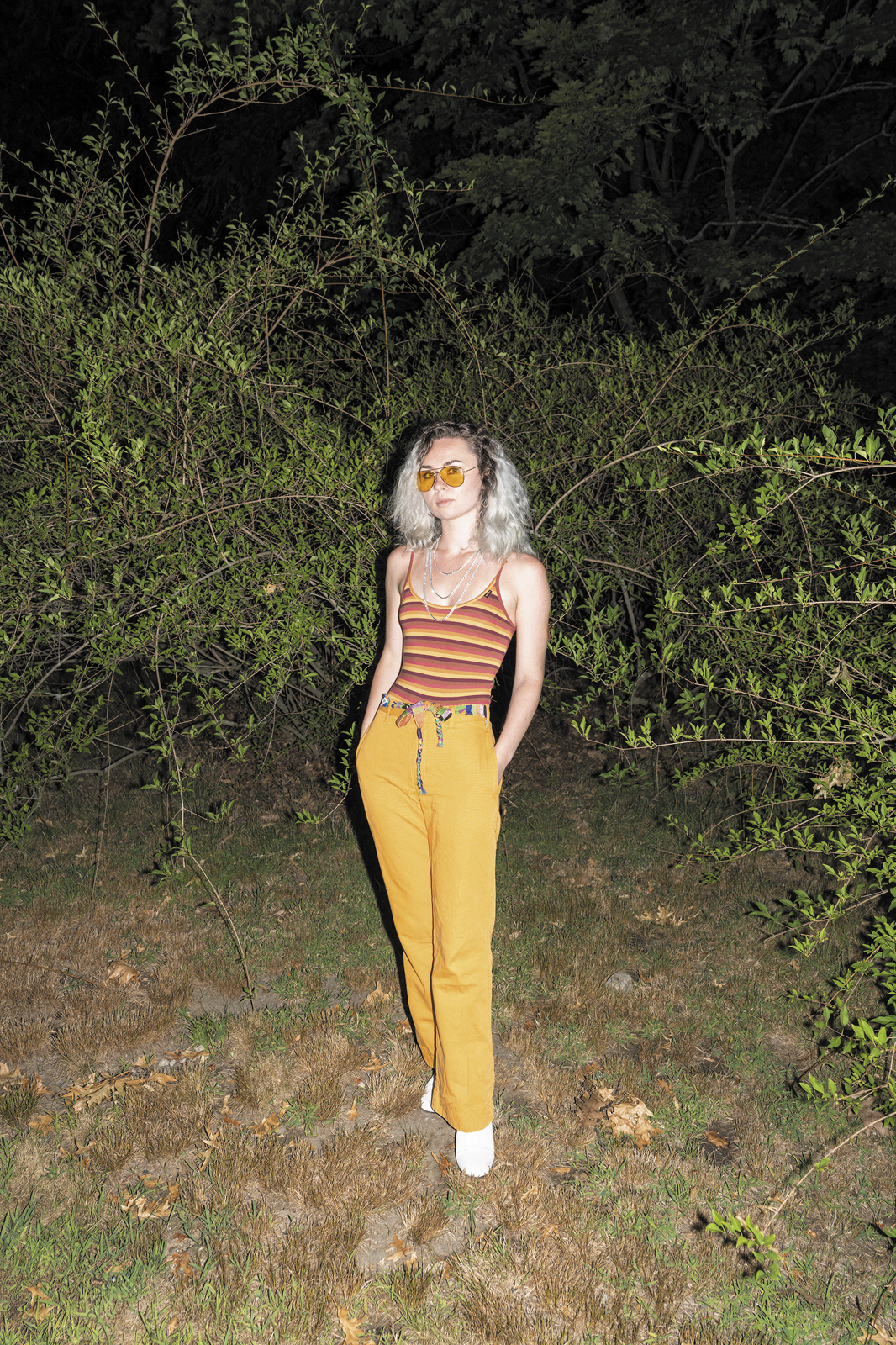
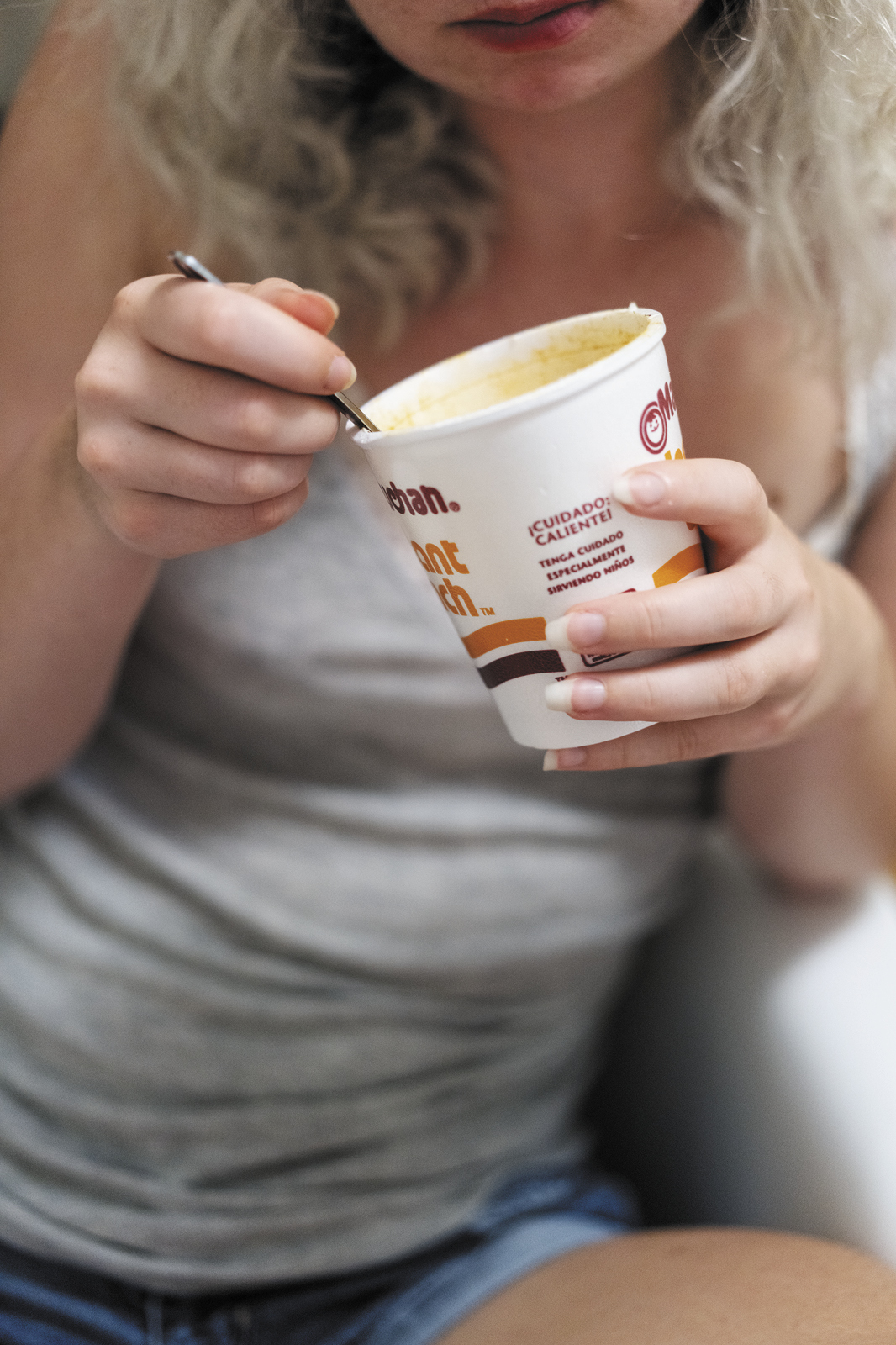
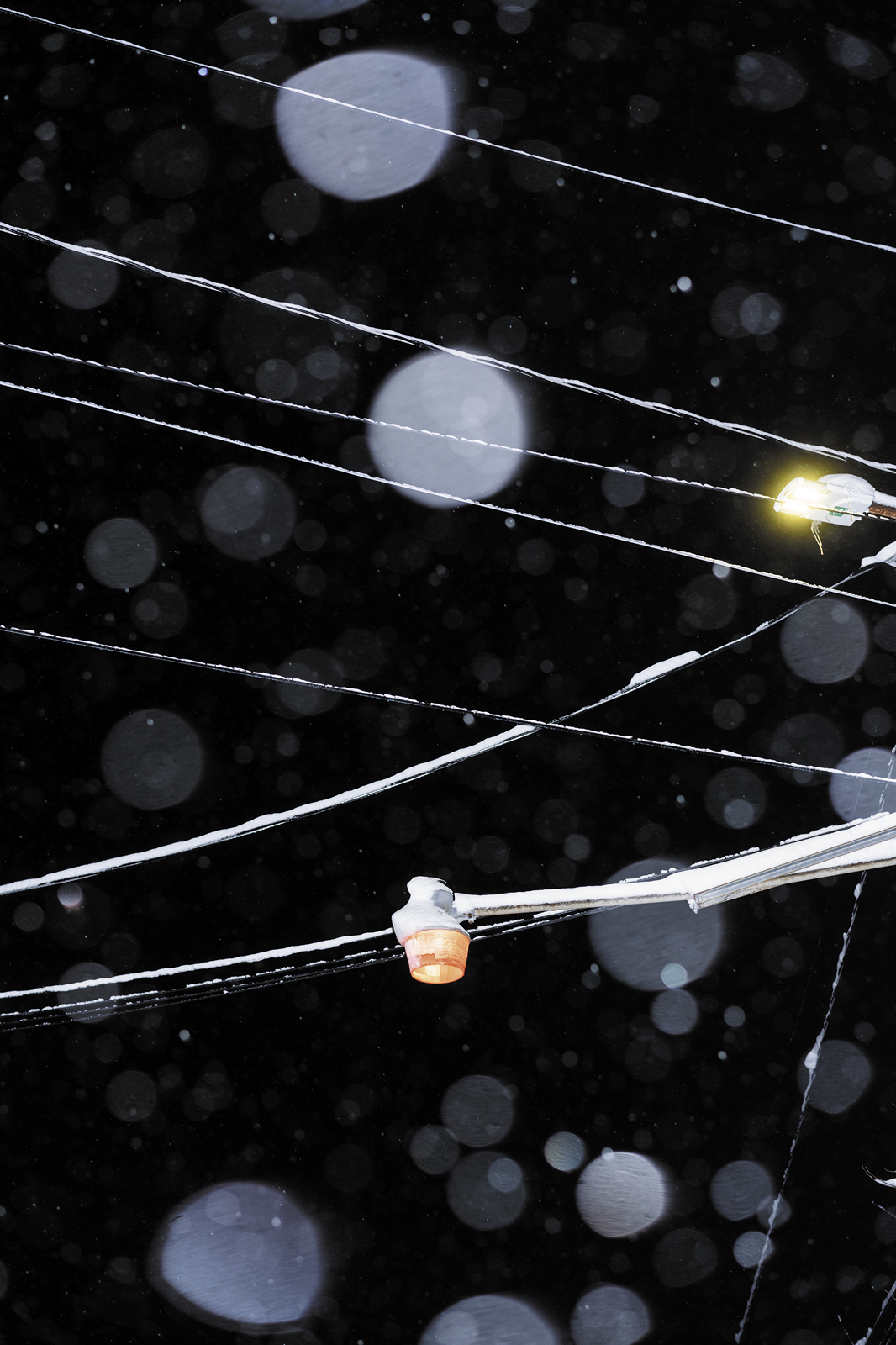

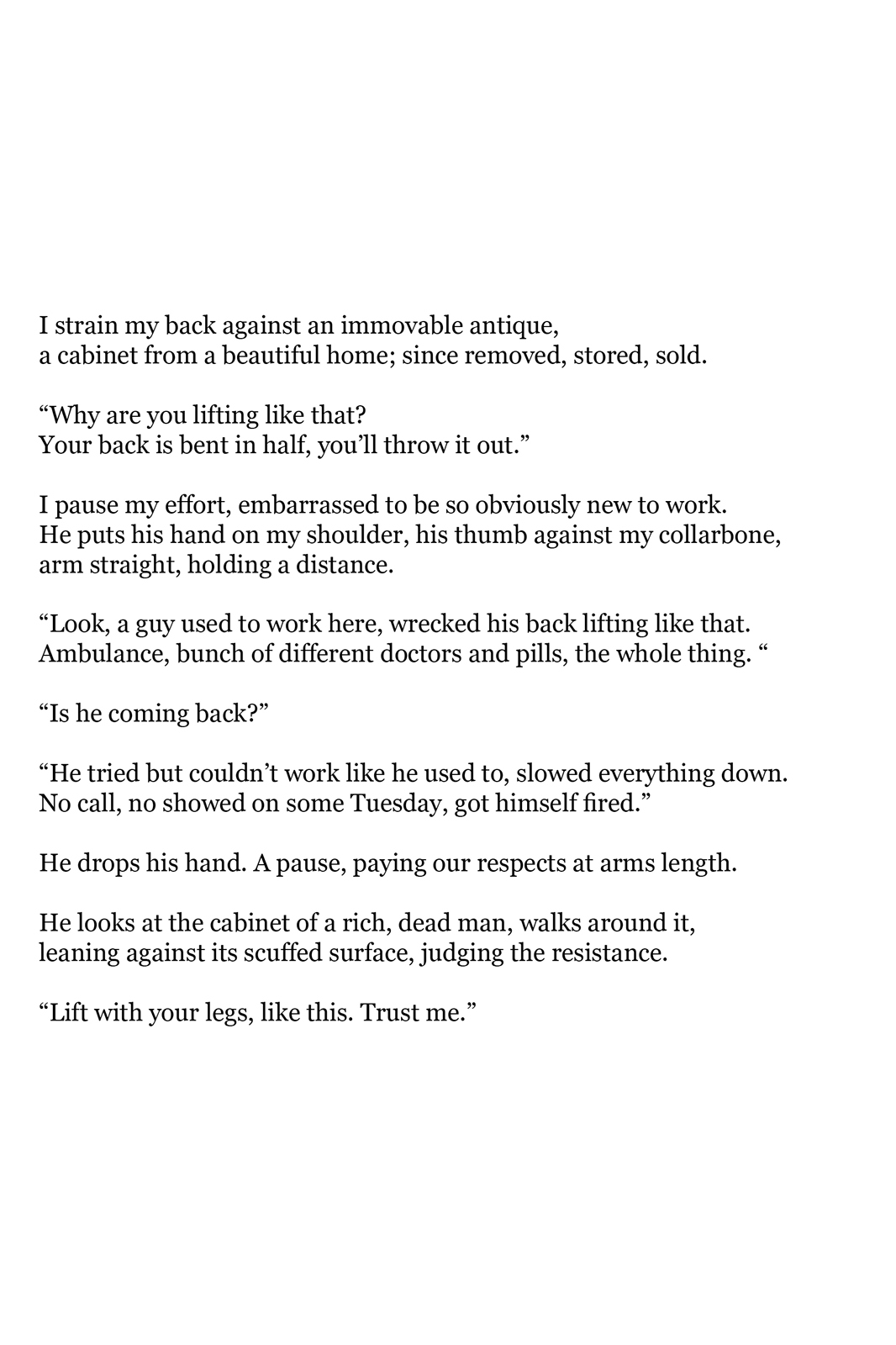
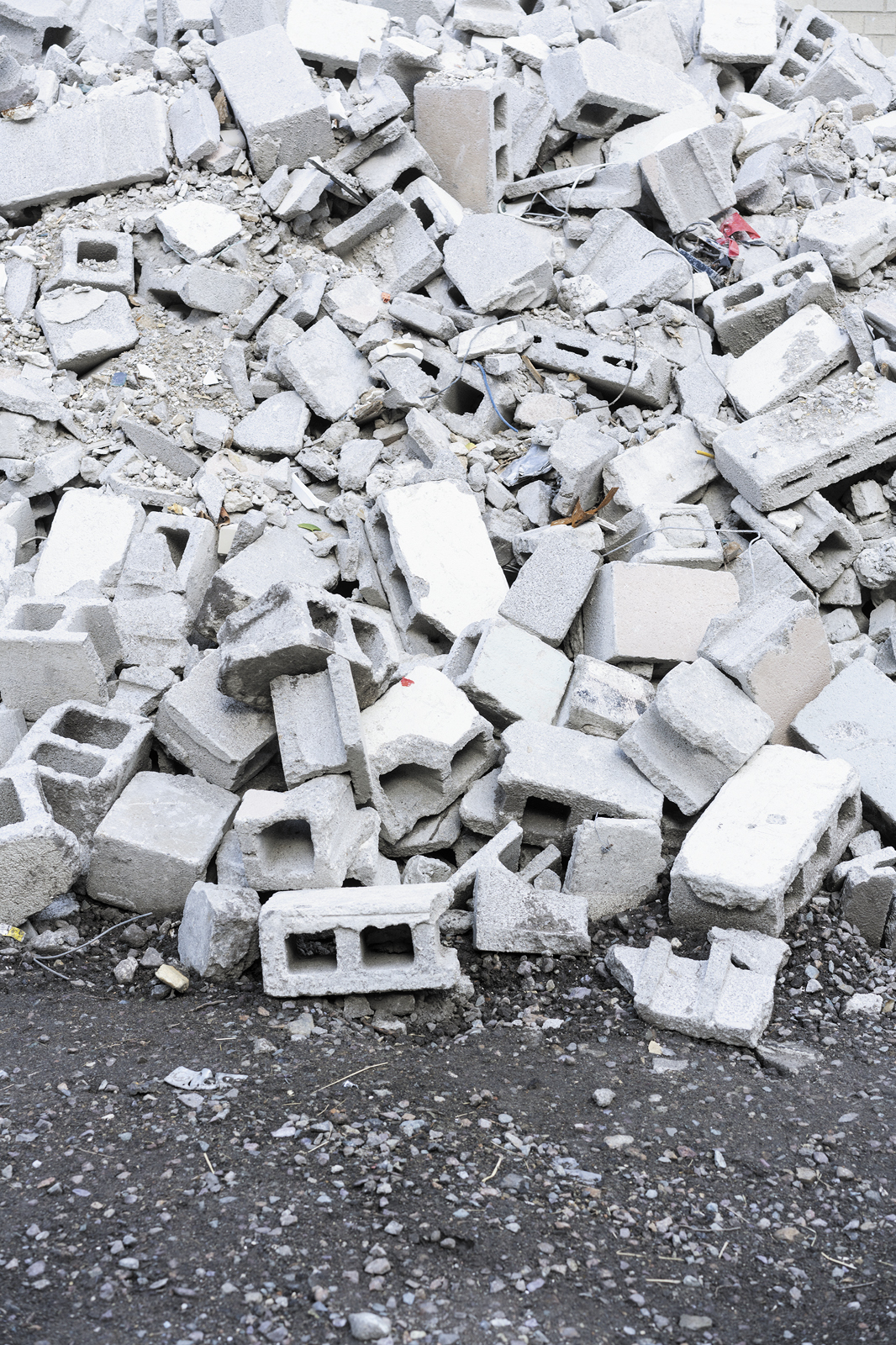

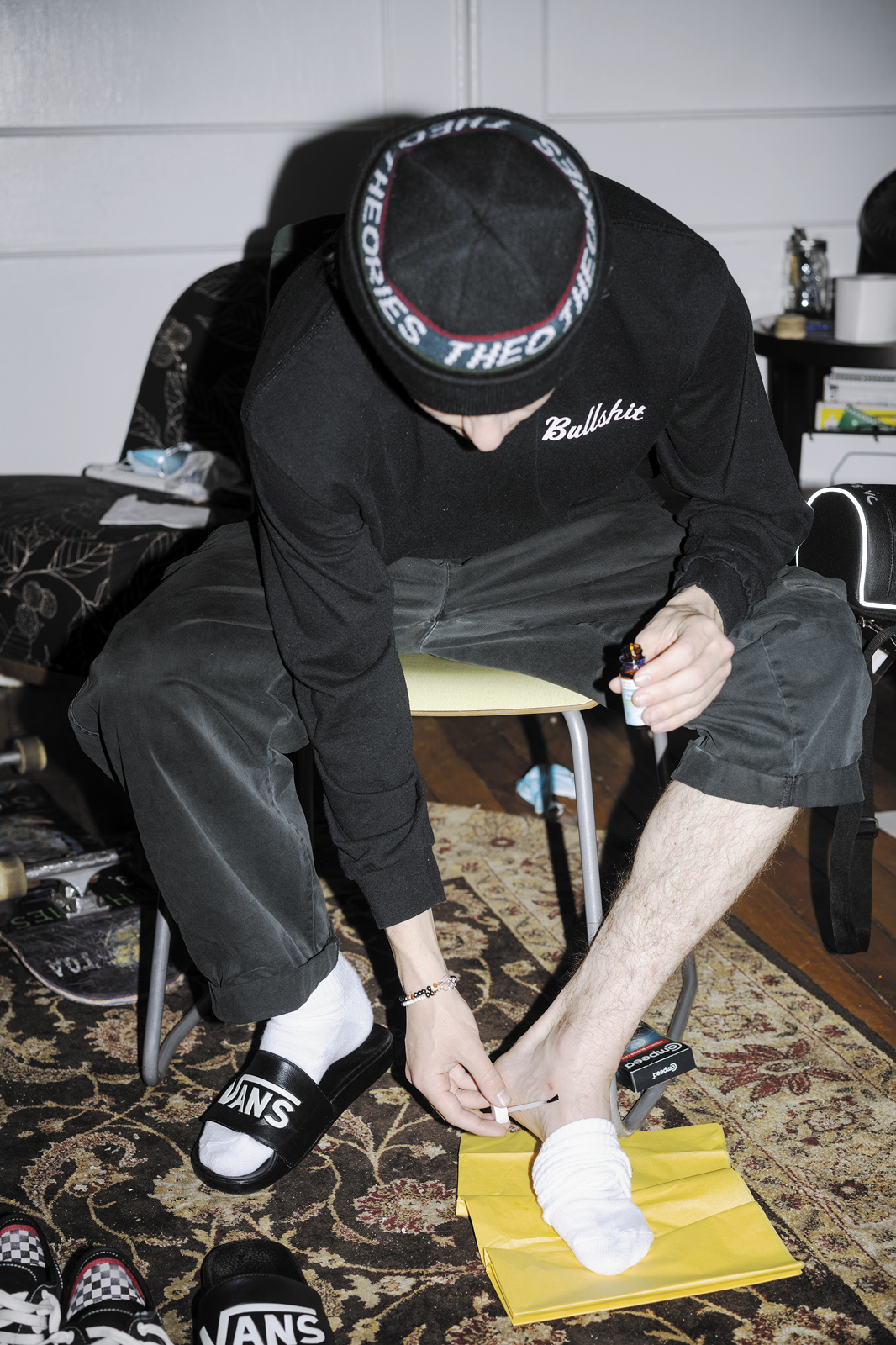

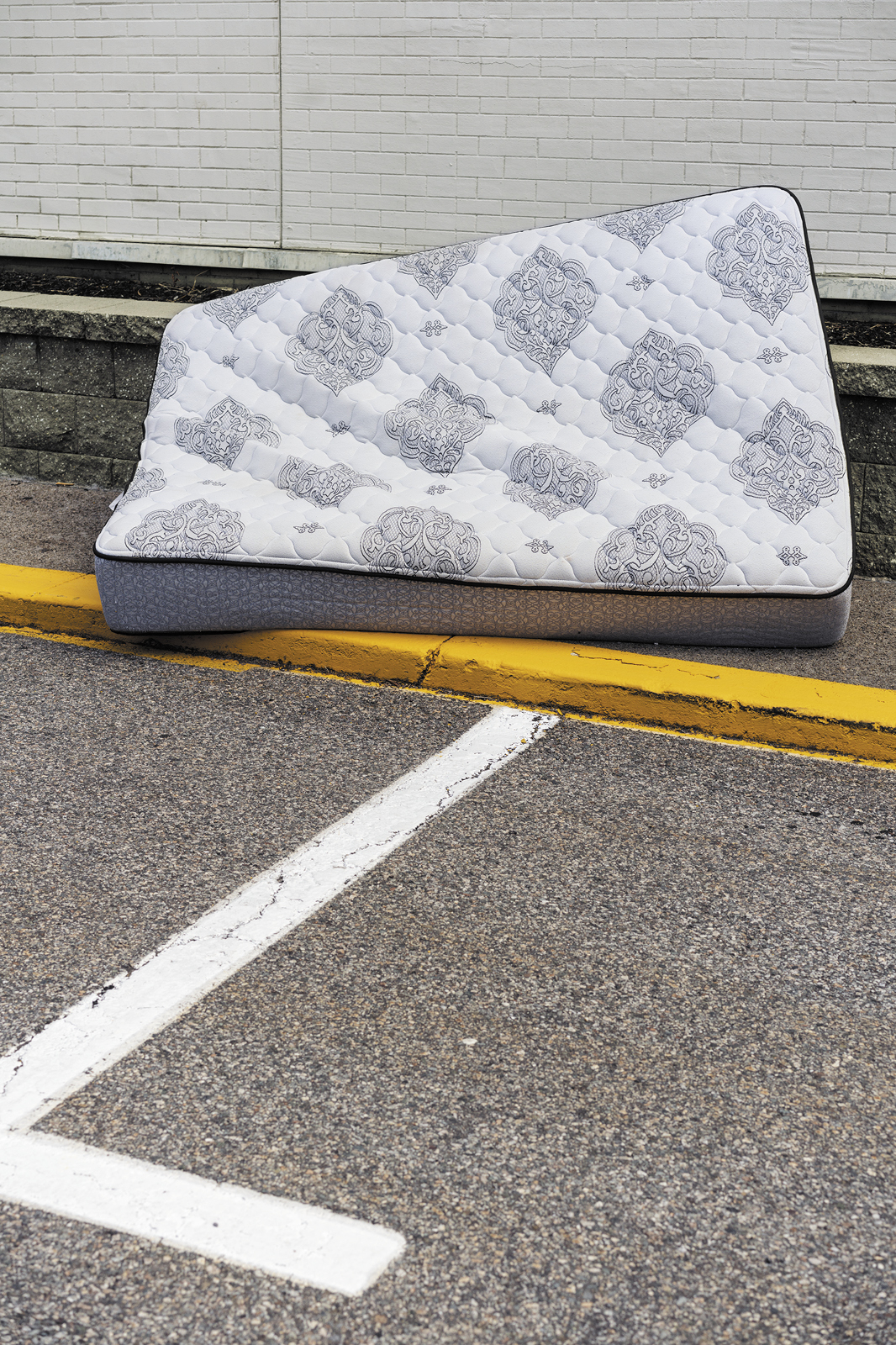
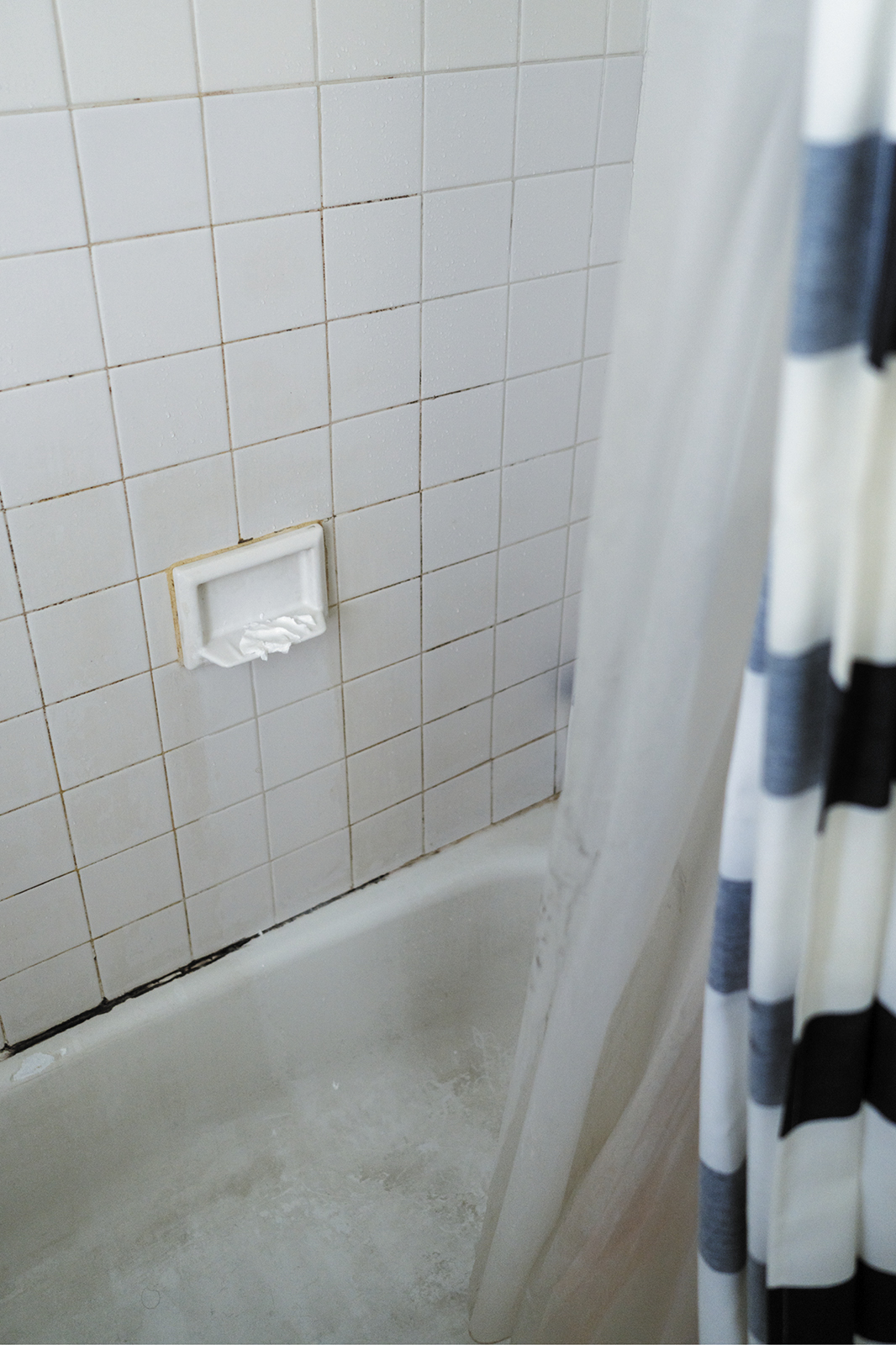
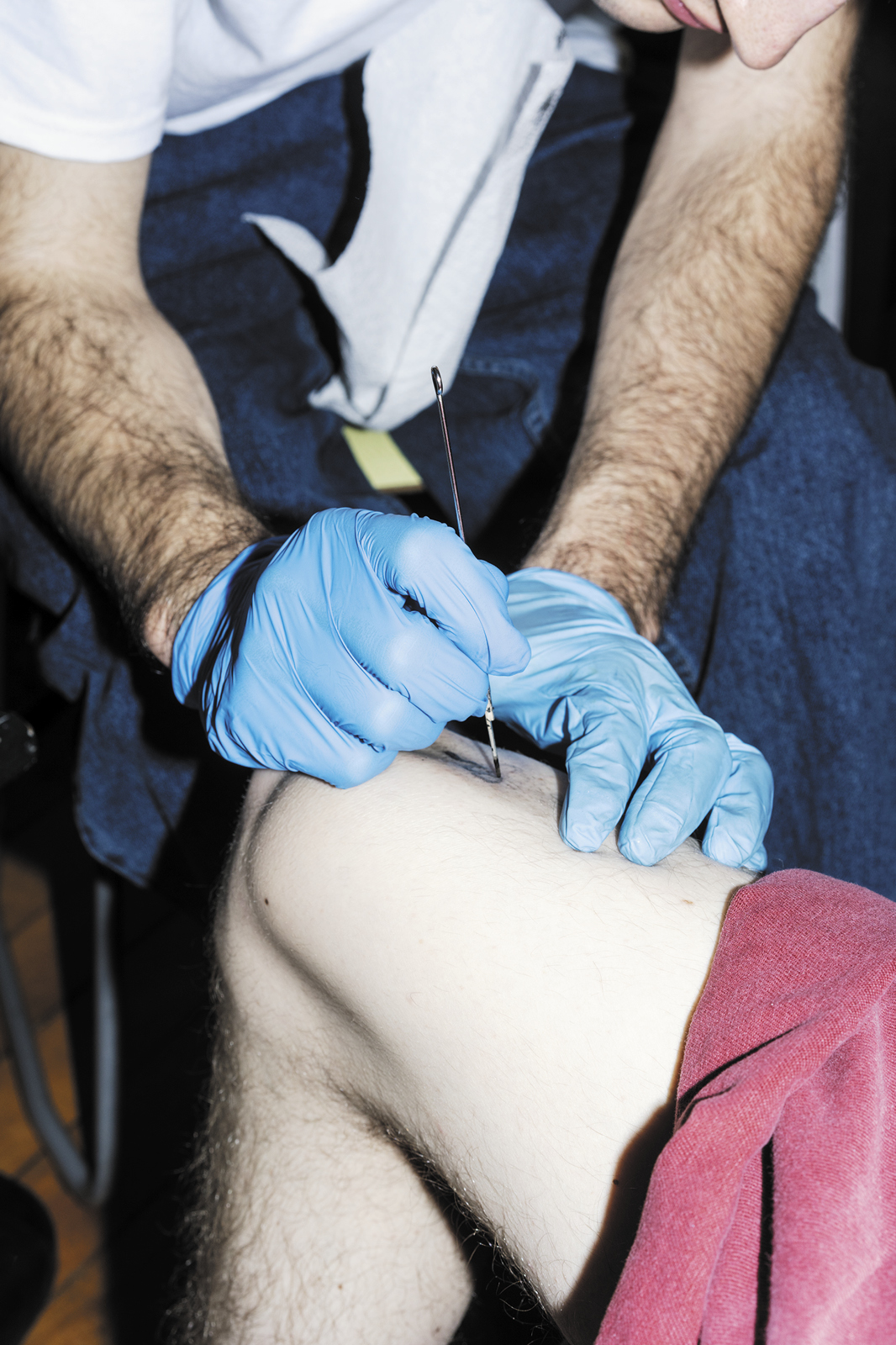
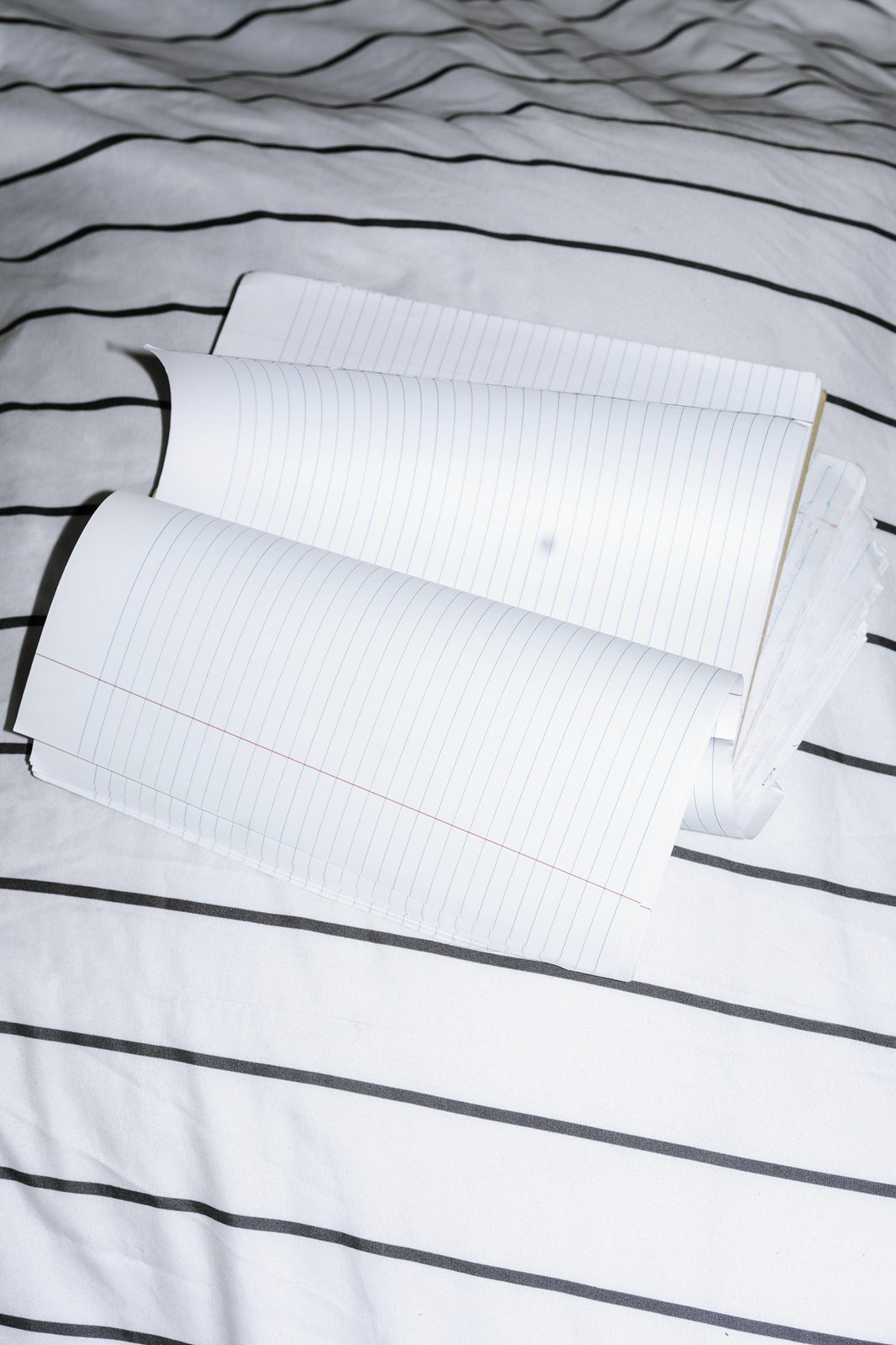


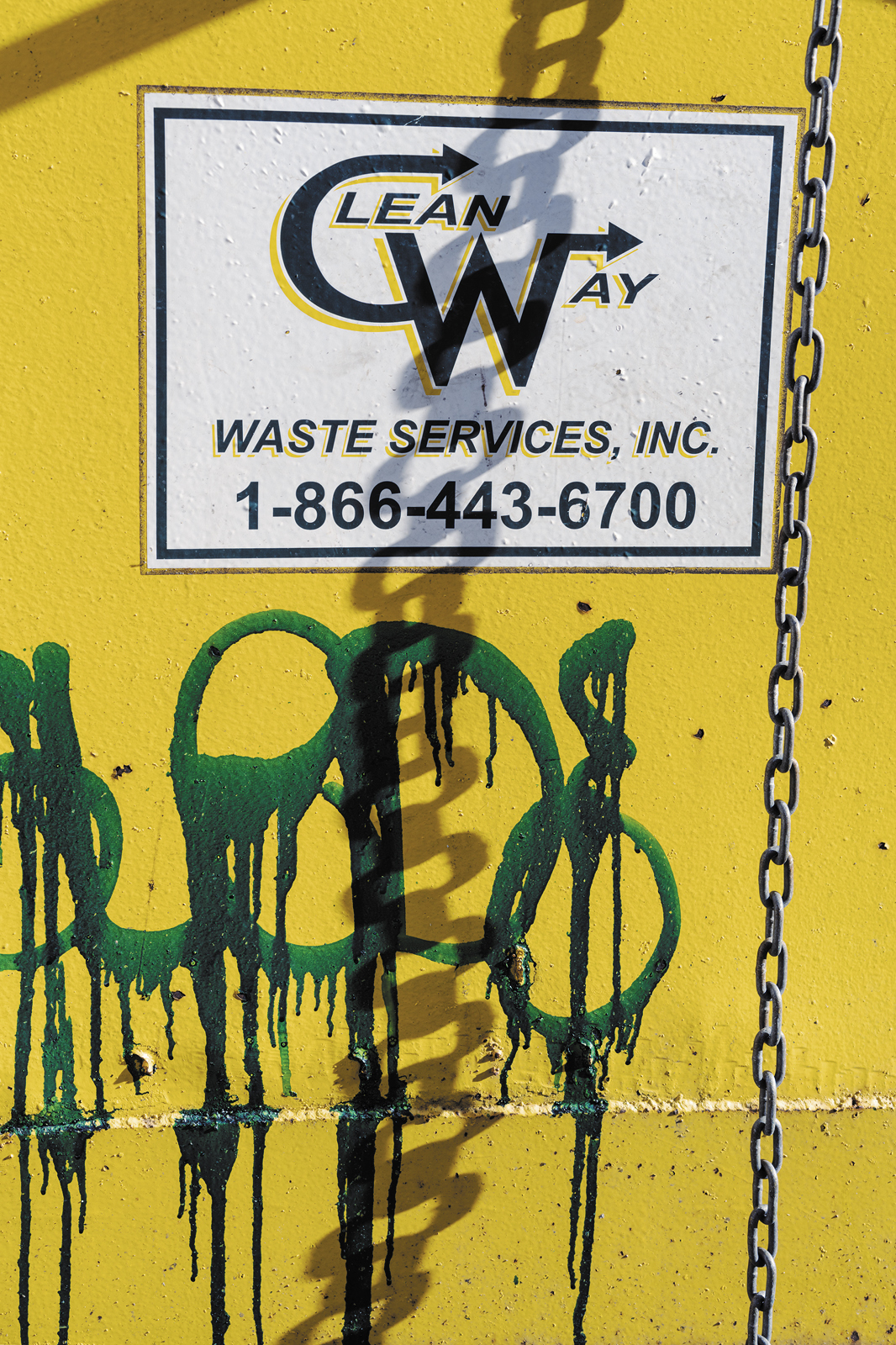
























biography
Working with text and image, Ashton Stuart Lyle’s (b. 1998, San Francisco) images investigate gesture, injury, and environment to meditate on the injuries of capitalist society through the visual language of advertising and desire. Ashton will receive his BFA from the Massachusetts College of Art and Design in May 2021. He has exhibited across the northeast, including a recent show at the Orange Arts Foundation in Brooklyn and internationally with LoosenArt Magazine. He served as a curator for Panopticon Gallery and the MassArt All School Show, and has been published in ain’t bad, Allure Magazine and CNN.com. Ashton’s research into the potential of the arts and entertainment industries to construct an inclusive American labor movement was selected for the 2021 Massachusetts Undergraduate Research Conference.
interview
Ashton Lyle in conversation with Ray Stephenson
RS: Tell me about yourself, where are you from?
AL: I was born in San Francisco, and grew up in Benicia, a small town about forty-five minutes from the city. I had an early interest in local politics and activism, and I got involved with my local Rotary Club who inspired me to apply to their International Youth Exchange program. It was the desire to share this experience of living abroad in France with my friends and family that inspired me to become more serious about photography.
RS: What brought you into an art program and specifically a photography program?
AL: I’ve had an interest in how photography transforms the world since I was young, I always volunteered as the family photographer and I loved to take photos of my teammates as a teenager. So it was only natural that I dove in headfirst when I found a project for myself in France. By the end of the year I was completely hooked, and with my interest in politics I decided to study journalism, with the aims of working in photojournalism.
After a year in a journalism program, and closely watching how the industry reacted to the Trump administration, I decided to leave for the photography program at MassArt. The journalism mythos of neutrality felt wholly inadequate to the moment.
RS: I have no doubt neutrality solves nothing with an administration so destructive towards the people, can you expand upon the importance of taking a stance during the administration and how your work has a reflection of this?
AL: Living under the previous administration emphasized, to me, that neutrality is a particularly sinister form of complicity. The moral flexibility required to implicate support for such a dangerous politics is part of what allows for continued divisions in American identity.
As someone with the opportunity to contribute to the image industry, if only obliquely, I felt compelled to express dissent in my work. My focus on the conditions of workers is meant to highlight the absurdity of their condition, and attempts to preserve a memory of these injuries.
RS: What artwork are you drawn to creating? What’s the drive right now?
AL: At this point, my work draws on my experiences as a laborer, especially my time spent working in kitchens and warehouses. The people I met, and their experiences with constant fatigue and a feeling of separation from the rest of society felt important to visualise. These are common experiences for the contemporary laborer, seeing these experiences represented in the culture around you is an essential first step towards mobilization.
RS: Can you expand upon the commonality or community aspect of your work; the collaborative effort you have with others?
AL: I base all my text in this project on memories shared with me by fellow workers as well as my own experience. I simply couldn’t make the work I do without my relationship to the working community. This extends my image making process, it’s important that I build a relationship with the people in my images. I find it hard to represent people without already having some sort of connection, especially in relation to a topic as complex as labor identity.
RS: May I ask, who/ or what has influenced or is currently influencing the art you are making: beyond the drive we have previously discussed?
AL: My work is inspired by the tradition of documentary photography, particularly the narrative themes in the work of later practitioners. I think a lot about Gregory Halpern’s world building, Wolfgang Tillmans’s search for utopia and Nan Goldin’s effort’s to remember in particular. I also have an interest in the visual theory, Allan Sekula’s and Roland Barthes’ multidisciplinary research into the nature of modern images were important discoveries that led to my current project.
RS: How do these artists come together in your mind and work? Elaborate on how their influence can be seen in the current state of your thesis work.
AL: I’m really interested in Wolfgang Tillman’s understanding of context, I think this is such an important aspect to consider given the nature of modern imagery. He’s been a huge inspiration for how I design my layouts, and his pursuit of utopia is a reminder to avoid cynicism. Gregory Halpern’s transformation of the world into narrative form finds beauty wherever he looks, I try to maintain this optimism in my own work. Finally Nan Goldin’s focus on people she is close too, and her desire to remember, echo what first drew me to photography.
RS: You mention layouts being an important takeaway from Tillman’s work into yours. Having seen your work before the layouts in your book mockups and sequencing in general, it is apparent they are greatly considered. Would you say then that you work more as a series artist rather than in individuals; at least for this project?
AL: Sequence is such an important part of my work, especially in recent years. The context images are viewed in impacts so much of their meaning, so it’s hard for me to work in a tableau style. It feels much more natural for me to work by building and expressing ideas through the relations between images.
RS: What would you say has evolved in your work over time?
AL: I’ve become more interested in photographing individuals over time. When I first started the focus was always on public spaces or still lives within my apartment. As I’ve continued to work, I realized that the images that I will be happiest I made are photos of those close to me.
My work has responded to this change in thinking, I’m much more focused on the effects of institutions rather than an examination of the systems themselves. I think that approaching from the perspective of experience can inspire a more approachable form.
RS: What is the role that text plays in your work; often seen as their own works alongside the images? What do you see them adding to your project?
AL: The use of memoir texts from my experience in manual labor jobs aims to insert personal stories into my account of institutional forces. I see text as an opportunity to appeal to the senses that photography misses, and to complicate the cynical gaze images can often lean towards.
RS: What sort of work would you like to explore post graduation?
AL: I plan to continue this work over the next several years, hopefully with work made in a variety of locations to broaden the scope of the project. I will be working towards a Masters in Philosophy of Art in Paris next year, and I plan to make images with my high school friends in rural France. Five years after graduating from high school in the country’s poorest region, most are working in service jobs across northern France. Their divergent perspectives on the French economy are built from experiences I hope to visualize.
At the current moment I can’t imagine working on another project, I feel that I am only beginning my education in this area.
RS: That’s really exciting and I’m so glad you have such an insatiable interest in this type of work. It’s great that you are working so passionately and prolifically in work that is not only important on a larger scale but a creative, genuine, and good outlet for you to continue- if that makes sense. Your work has always been a pleasure to see and I cannot wait to see where you and your work and art go. Thank you.